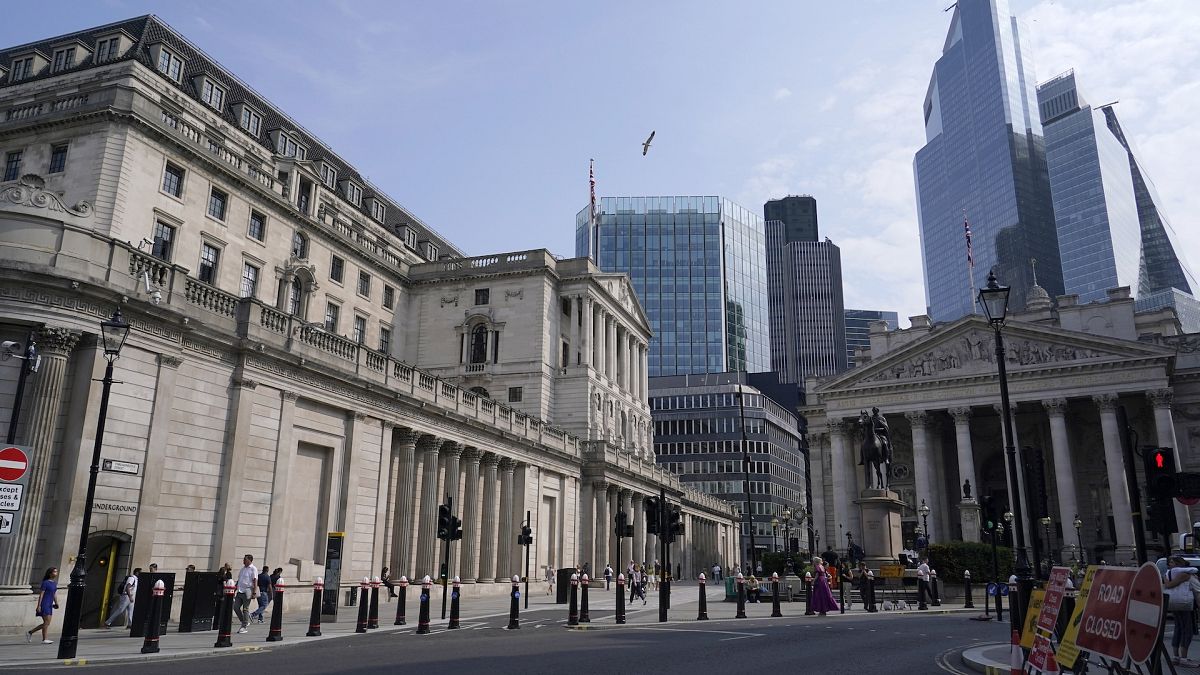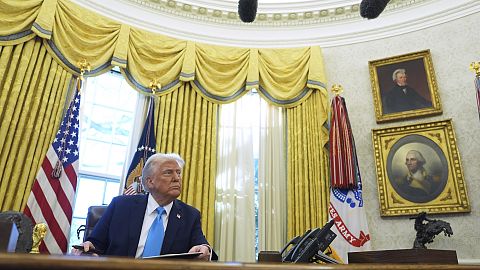The Bank of England cut its base rate to 4.5% amid easing inflation but flagged lingering risks. GDP growth remains weak, and potential US tariffs add uncertainty. The pound fell, while the FTSE 100 hit record highs.
The Bank of England (BoE) lowered its key interest rate by 25 basis points to 4.5% on Thursday, marking the third cut since the easing cycle began in August last year.
The widely expected move reflects progress in curbing inflation, though policymakers remain cautious about lingering price pressures.
Seven members of the Monetary Policy Committee backed the quarter-point cut, while two – Swati Dhingra and Catherine L Mann – advocated for a larger 50-basis-point reduction.
Inflation outlook: Progress, but risks remain
The BoE noted significant progress in reducing inflation over the past two years, aided by easing external shocks and the restrictive monetary stance.
However, it warned that inflationary pressures have not fully dissipated. Consumer price index (CPI) inflation stood at 2.5% in the fourth quarter of 2024, with domestic inflation moderating but still above target.
Higher energy costs and regulatory price adjustments are expected to push CPI inflation to 3.7% by the third quarter of 2025 before gradually returning to the 2% target.
The central bank signalled that monetary policy would need to stay restrictive for some time, balancing the risk of inflation reaccelerating with the need to support an economy that has struggled to regain momentum.
Sluggish economic growth and trade risks
The UK economy has underperformed expectations, with GDP growth weaker than forecast in the November Monetary Policy Report. Business investment and consumer confidence have softened, creating further uncertainty about the country’s growth outlook.
The BoE expects GDP to improve from mid-2025 onwards.
The bank also acknowledged growing risks from potential US trade tariffs, which could impact the UK’s exports and investment climate.
The US is the UK's second-largest trading partner after the EU, accounting for 22% of gross exports – around £190 billion (€223 billion) or 7% of GDP.
While nearly 70% of UK exports to the US are services, which would not be directly affected by goods tariffs, the BoE cautioned that broader trade restrictions could impact UK firms.
Investment uncertainty linked to trade policy could also weigh on growth.
Market reaction: Sterling weakens, FTSE 100 hits record highs
The pound fell 1% against the US dollar, trading at $1.2380, marking its worst daily performance since early January.
The euro strengthened 0.6% against sterling to 0.8365. UK government bond yields declined, with the two-year gilt yield falling five basis points to 4.10%, while the 10-year yield dipped 2 basis points to 4.42%.
Equity markets rallied on the rate cut, with the FTSE 100 surging 1.5% to a record 8,755 points, extending its monthly gains to 6%. Leading the index were Anglo American (+6.8%), AstraZeneca (+5.1%), and Antofagasta (+5%).















